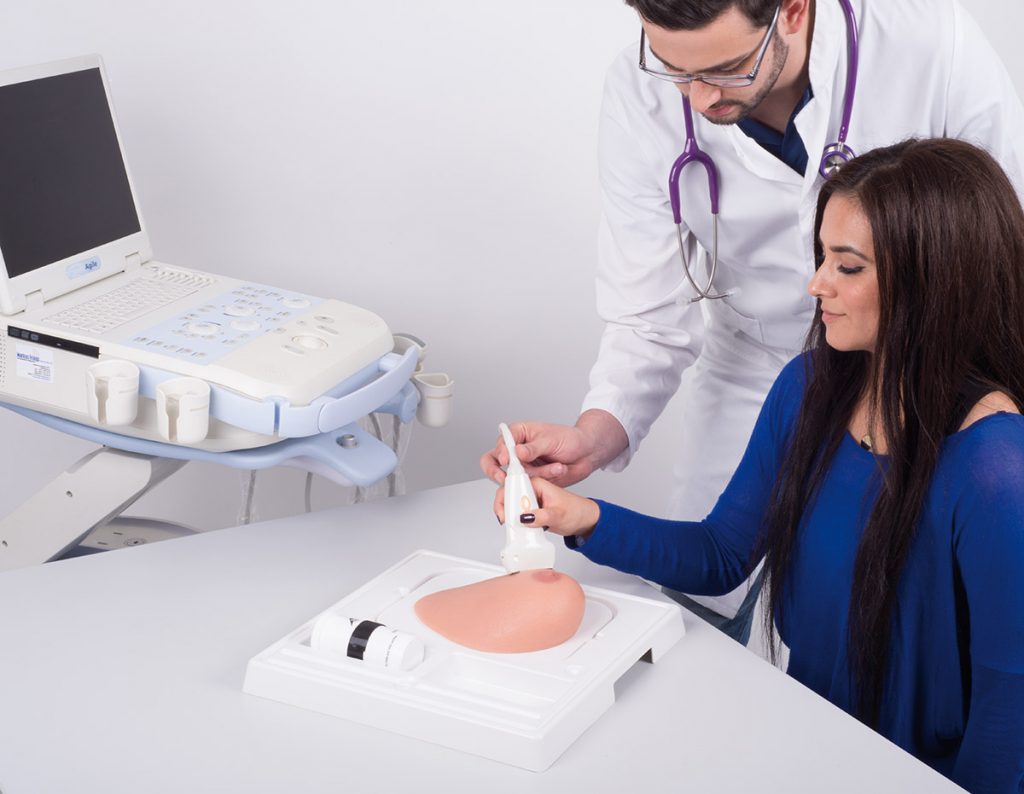
A growing and aging world population means the demand for skilled medical personnel is higher than ever. In the United States alone there are over three million registered nurses and almost a million doctors. Every year, thousands of students embark on a new career in medicine, whether as a doctor, midwife, or nurse.
The traditional method for teaching students the skills they need includes lectures, book learning, observing someone performing the procedure and finally getting a chance to practice the procedure themselves. The main disadvantage to this is the imbalance between the number of students needing to be trained, or to brush up on their skills, and the number of patients happy to volunteer for practice.
In addition, students must learn to cope with some unusual scenarios without putting patients at risk. One of the best ways of doing this is by using a Simulation Lab, a realistic medical setting with state-of-the-art simulator equipment that allows students to put their knowledge into practice as many times as they need to get it right.
Benefits of a Simulation Lab
The benefits of using a Simulation Lab for educators is clear but how do the students feel about it? In 2009, Norwegian professors put that question to nursing students. This is what the students reported:
Security: Using their skills in a simulation lab made students feel secure. They didn’t have to worry that a mistake was going to cause pain or damage to a real person.
Collaboration: By switching roles in simulations, students developed teamwork with their colleagues.
Confidence: Repeated use of the simulation lab increased student confidence, putting them more at ease when faced with a real patient.
Effective feedback: With educators and mentors setting up the simulations, challenging students’ decisions and actions during the simulations, and giving solid feedback afterwards, students felt they were effectively learning vital skills.
Simulators for Simulation Labs
Simulation solutions are used by healthcare students in a wide variety of ways. Depending on what kind of model is used, students can experience detecting cysts and tumors in breasts, or gall stones and different foreign bodies in tissue. Depending on the stage of the students’ training, teachers may tell them what they are looking for in the simulator, or say nothing and let the students make the diagnosis. These simulators are incredibly lifelike, with the feel of real tissue which can be palpated and looks realistic on an ultrasound scan.
Often, procedures that are considered invasive or make patients feel embarrassed are best practiced on a simulator and, for this reason, a catheterization simulator is hugely popular. Students can practice both male and female catheterization in a simulation lab setting, repeating the procedure as many times as they want. Patients are unlikely to be queuing up to volunteer for this sort of student learning experience but it’s an important skill that students must master.
Putting it all Together in a Simulation Lab
The main aim of using a simulation lab is to give students confidence and experience, whether they are learning something completely new or brushing up on existing skills. Therefore it’s important to make the lab as realistic as possible, with the equipment, bed, and furniture that would be found in any other room in the hospital. 3B Scientific simulators are designed to be as lifelike as possible and fit extremely well into this realistic environment to enhance student learning.
This is a guest post from 3B Scientific, written by Joanna Aitkens. 3B Scientific is an international group of companies that specializes in the manufacturing and marketing of didactic material for scientific, medical and patient education. Pocket Nurse distributes 3B Scientific models such as the SONOtrain and catheter trainers. You can view the original post at the 3B Scientific Therapy and Wellness Insight blog.






